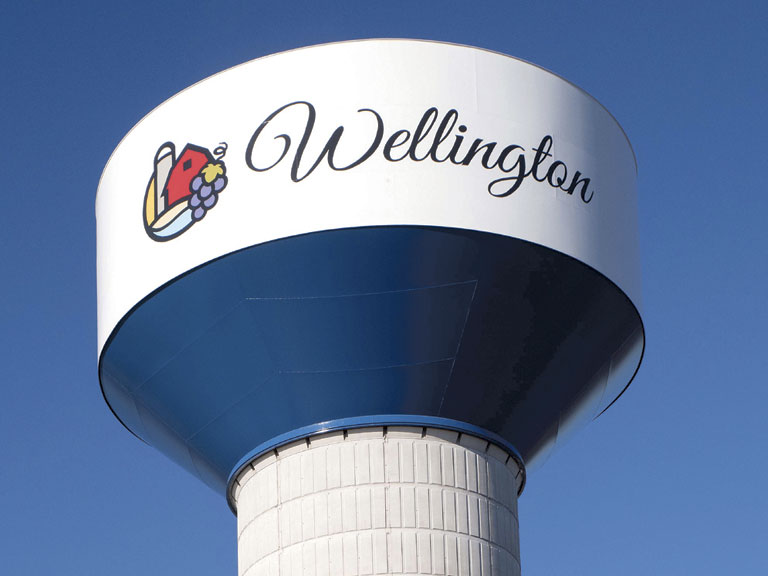County News
All systems go

Regional waterworks studies completed
On paper, the proposed super regional water plant in Wellington, plus a new intake pipe and wastewater plant, is estimated to cost $138 million, according to just-released engineering reports. These three components will add about $90 million to the overall waterworks spending (after the cost of previous designs is netted out). Yet this price tag does not include a 20-km pipeline to Picton.
Council will be asked to approve this project by moving to the design of these plants next month. It will be asked to do so before the cost of the pipeline is known. If it does so, then Council will commit to a minimum of $225 million in spending on these waterworks. Yet it has—so far—only finished one component, a water tower in Wellington. It came in at about 40 per cent over budget.
Add the cost of installing pipe in hard bedrock and the cost overruns that inflate most infrastructure spending—a realistic estimate puts Council’s commitment at more than $300 million.
On paper, the water plant will initially produce 22,000 m3 per day—4.5 times the current capacity required by Wellington, Picton and Bloomfield combined. It is expandable to 36,000 m3 per day should the population of these communities grow by seven times their current size.
The consulting engineers only use the population numbers they are given. It is up to decision-makers to determine if it is reasonable and if the infrastructure will still be viable when this scale of population growth shows up.
The process is disorienting. Each decision leads to the inevitability of the next one. Why spend hundreds of thousands of dollars studying a regional water plant if Council doesn’t approve the plants? Or an expensive pipeline? Or pumping stations? Very soon, it is a runaway locomotive—with a crowd of nervous ratepayers standing on the tracks— with no one quite sure how it got rolling.
It is designed to overwhelm. Not just residents and stakeholders, but decision-makers too. The mechanics of infrastructure approvals are crafted to be exclusionary. To keep the wheels moving. To marginalize the naysayers.
It is prepared by consultants, perhaps read by bureaucrats, and decipherable by few.
The water and wastewater reports run to 268 pages, plus nearly a thousand pages of appendices.
Most of the 14 individuals who will make this decision—who will decide whether to approve this spending—have no stake in the outcome. Motivating folks to burrow through 10 pounds of reports is hard—many times harder when they have no skin in the game.
It all seems intended to mask the real questions: Do we need this specific infrastructure? Do we need it now? And who will pay?
If these questions worry you, consider joining your neighbours on Monday night in the Highline Hall in Wellington. In a joint meeting of the Wellington Community Association and the Wellington on the Lake Citizens for Responsible Growth, the event is your opportunity to understand the risks being taken on your behalf and find out what you can do about it.
Andrew Biggart is a lawyer specializing in development charges law in Ontario. He will spell out the key concerns and uncertainties around the unprecedented expenditures.
It may be your last chance to slow down the locomotive.

Also: Councillors and Staff have repeatedly made it clear at public meetings that they do not pay attention to Internet postings.
Therefore, you should assume that unless they get direct contact via personal appearance at meetings open to the public, they will say that they never heard any objections or input.
This is hard for most people, which is, I suspect, why they take that position.
Show up in person, or accept whatever is decided. Those are the choices.
Monday night in the Highline Hall in Wellington.
We’ll see how really concerned PEC residents are, based on how many people show up.
The key numbers will be:
1) How many existing PEC water ratepayers?
2) How many residents who are not currently PEC water ratepayers, but people who will be forced to allow connection to PEC water, such as those along Sandy Hook Road near the proposed new subdivisions between there and Milennium Trail?
3) How many people who are not in either category, but who face increased property tax bills because of this spending?
We will see.